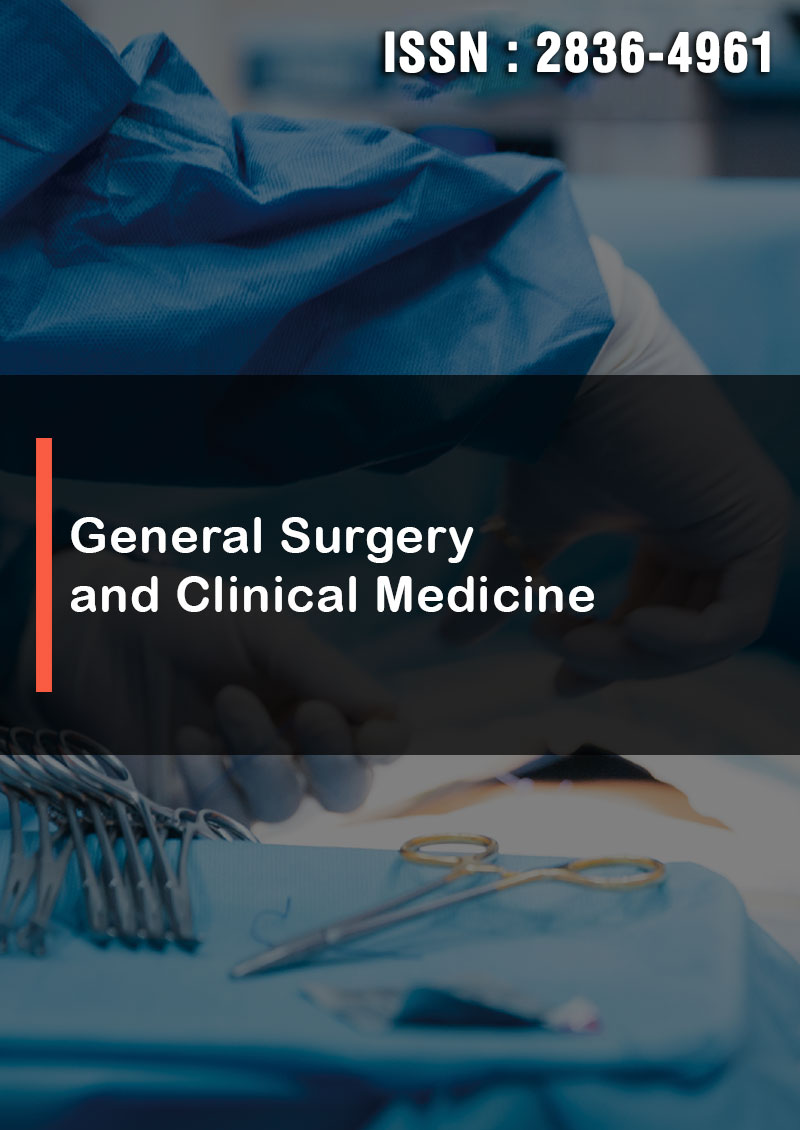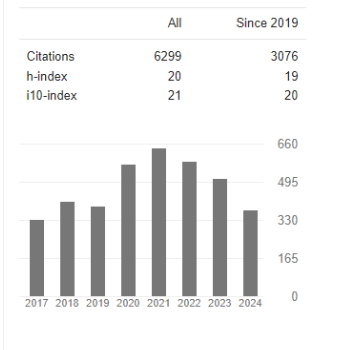A Study of Risk Factors of Surgical Site Infection in one Center: A Cross-Sectional Study
Abstract
Husam Matalqah, Mahmoud M. Abokhsab, Razan Yaseen, Lina E. Matalkeh, Mohammad Matalkeh, Husni Als-Walha, Basil Al Taani, Mohammad Alshloul and Maher Al-Hajjaj9
Introduction: Infection of a wound during the thirty days after surgery is considered a surgical site infection (SSI). Because of lack of large studies or documented guidelines for SSI after surgery, we aimed to study risk factors and comorbidities that may lead to SSI.
Methods: A cross-sectional study was conducted in one month (May, 2023) included 111 patients. All patients underwent to either abdominal or urological surgeries. Inclusion criteria were: patients aged 18 or older, any type of abdominal or urological open surgery, and no documented history of infection at surgical site infection.
Results: we found 24 (21.6 %) patients out of 111 developed SSI after surgery. Male predominance was clear in this study. The number of patients with age 40 years or less was 60 (54 %) and 10 of them developed SSI (14.2 %). Patients who stayed more than 24 hours of preoperative at hospital were less in number than patients who did not (36.9% vs. 63%; p=0.002) respectively. Patients with emergency procedure were 12 patients (10.8 %) in contrast to 99 patients (89.1 %) who underwent a planned surgery (p-value= 0.003).
Conclusion: our study revealed a higher incidence of SSI after surgery. Older patients with comorbidities, preoperative stay, emergency surgery, male sex is all correlated to the developing SSI.




